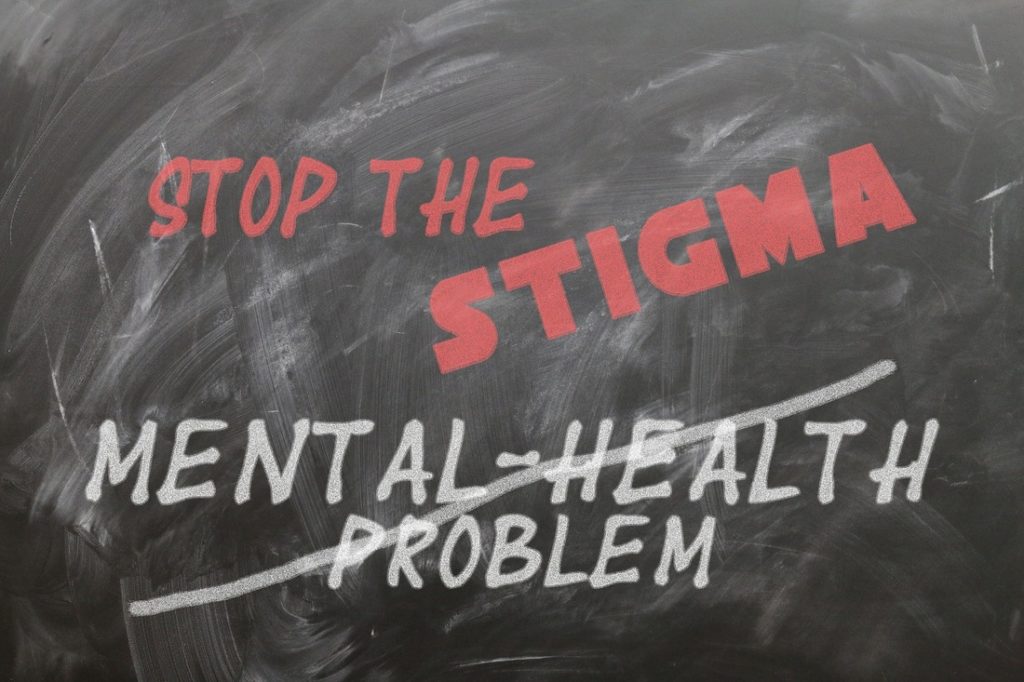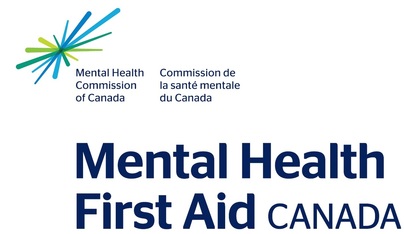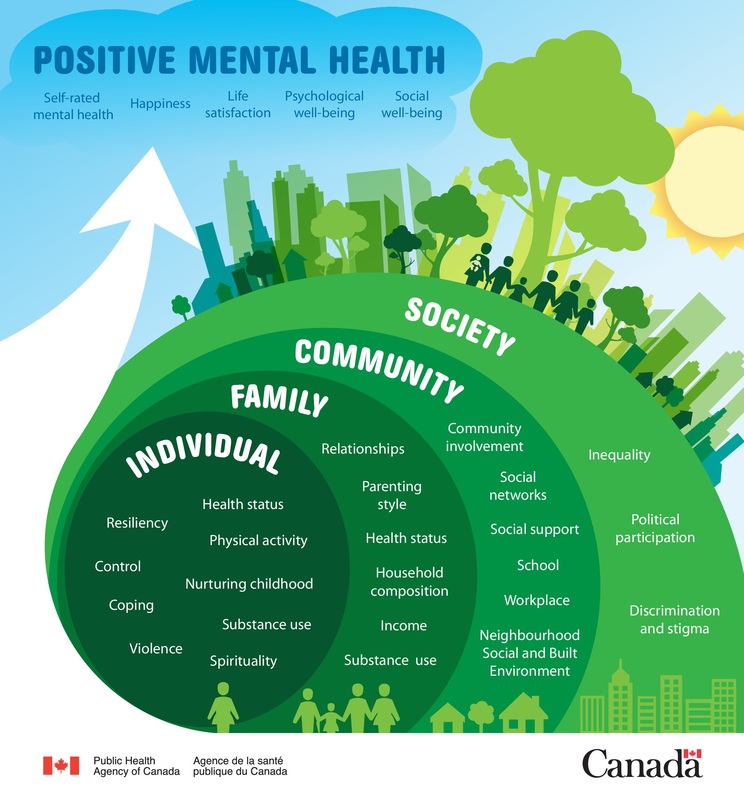2/11/2016
The term ‘Risk Management’ is most often thrown around in finance and insurance circles….
Risk managers and risk analysts specialize in identifying potential causes of accidents or loss, recommending and implementing preventive measures, and devising plans to minimize costs and damages should a loss occur. The security sector too employs risk managers, of which I am proof. Depending on specialization, needs of the client and degree of access to any number of records, security risk managers also identify potential causes of ‘incidents’ or loss, recommend and/or implement preventive measures, and devise plans to minimize costs and damages. The processes and areas of expertise of security risk managers, however, are often quite different.
Security risk managers undertake the challenge through security-tinted lenses, all the while taking into account such things as the micro and macro physical environment, historical factors, and the complex interaction of humans with the current environment. In private security, prioritizing our clients’ business resiliency is always top of mind. Myriad internal and external variables are integrated and analyzed to establish threat levels and recommend robust risk management strategies for the client. It’s this added human element in security risk management that is key to robust analyses of real value: A certain level of proficiency in understanding the dynamic nature of human behaviour, psychology and psychopathology is an irreplaceable reference point when assessing risk and/or identified threats in the security arena.
Mental health literacy has been defined by the Canadian Alliance on Mental Illness and Mental Health as “the knowledge, beliefs and abilities that enable the recognition, management or prevention of mental health problems.” More than 20% of the Canadian population (1 in 5) will experience a mental illness in their lifetime. Each and every Canadian will be impacted by mental illness through a colleague, family member or friend’s experience (Read more facts from CHMA here ).
Unfortunately, stigma surrounding mental illnesses has undermined widespread understanding of the experience for those affected and is known to prevent some individuals from seeking treatment. To emphasize this reality, I’ll provide a relatable example: although they are two of the most common health concerns, almost one half (49%) of those who feel they have suffered from depression or anxiety have never gone to see a doctor about this problem. Untreated mental health problems can have a significant impact on one’s interaction with their environment and decision-making.

The behavioural or thought disordered manifestations that can at times emerge as symptoms of the more serious illnesses or mental health problems are frequently observed by security professions, and are too often wrongly interpreted or inappropriately dealt with by professionals across all sectors. Such mistakes are likely due simply to low mental health literacy, not malice. Fear of what we do not understand is common. In reality, research has shown time and again that individuals who live with a mental illness are more likely to be the victim of violence than they are to perpetrate.
Certain manifestations, when analyzed by a risk manager with appropriate expertise, may result in a very different risk assessment or security posture recommendation and more favourable outcome for all involved. This directly translates to time and money saved for the client, and may potentially mitigate reputational risks that may have otherwise resulted.
Click hear for more information on Mental Health First Aid Training courses or contact the author directly to inquire about scheduling a MHFA Canada course.
Simply put, 1 in 5 Canadians means 1 in 5 of your personnel, your customers, and your adversaries will experience a mental illness. Every Canadian indirectly impacted, means every member of your team and every member of the community in which you operate will have a family member, friend, or colleague’s mental illness affect them in some way. While not a replacement for the existing expertise of your security risk manager, know that years of education and specialized training are not prerequisites for mental health literacy. Affordable evidence-based training courses in Mental Health First Aid offered across Canada and 18 other countries worldwide increase mental health literacy for average community members and professionals alike in just 12-hours.

To be clear (this is very important): mental illnesses are not an inherent risk, low mental health literacy is. With recognition that humans may be both a company’s greatest asset (e.g., customers, advocates, thought leaders, or employees) and greatest liability (e.g., employees, customers, critics, or saboteurs) it is vital for security risk management to integrate a level of mental health literacy when approaching analysis and recommendations. Mental health literacy of our client’s senior management and human resource personnel is also recommended, especially as the National Standard on psychological health and safety in the workplace (CAN/CSA Z1003-13) continues to gain ground. There are only benefits.
The advantages of having mental health literacy
Companies with a positive mental health and psychological safety culture set a foundation for superior organizational functionality. There is still progress to be made as the concept is new for businesses, and the National Standard even newer. For security risk managers, gauging the level of existing psychological health and safety is key when deciding on angles of analysis to focus on, prioritization of recommendations and probability of success when approaching implementation stages. Do you have the whole story to work with during analysis? What important information is missing that would influence outcome measures? There are likely several factors requiring consideration when analyzing why employee ‘x’ has refused attendance at a specific worksite ‘y’.

Only when we take into account how the human element is behaving within the organization and reacting to outside forces (e.g., threats of harm, non-violent opposition, aftermath of traumatic events, personal safety concerns, etc.) can we begin to have a holistic understanding of how to approach identified problems. If, for example, an organization has pervasive problems with individuals’ unwillingness to communicate concerns, fear of reprisals, low engagement levels, or concerns about personal safety that have not been assessed or acknowledged, top-down security risk mitigation and management recommendations may miss the mark because we don’t have the whole story.
The human element is the common central feature of our clients’ organizational makeup and is also the source of the majority of their concerns. The value of risk management is in understanding the complex “why” through expert analysis of all relevant factors. This must include an understanding of human behaviour’s dynamic nature.
Andrea Ringrose, MA Director, Security Intelligence is a Certified Mental Health First Aid Canada Instructor and Canadian Mental Health Association Certified Psychological Health & Safety Advisor. Andrea is co-author of research publications in the Journal of Clinical Psychiatry, Bipolar Disorders, and the Journal of Genetic Counseling. She has also authored and co-authored posters presented at the Jean Piaget Society Annual Meeting (2005), the International Conference on Early Psychosis (2008), and the Canadian Association of Threat Assessment Professionals Conference (2014).